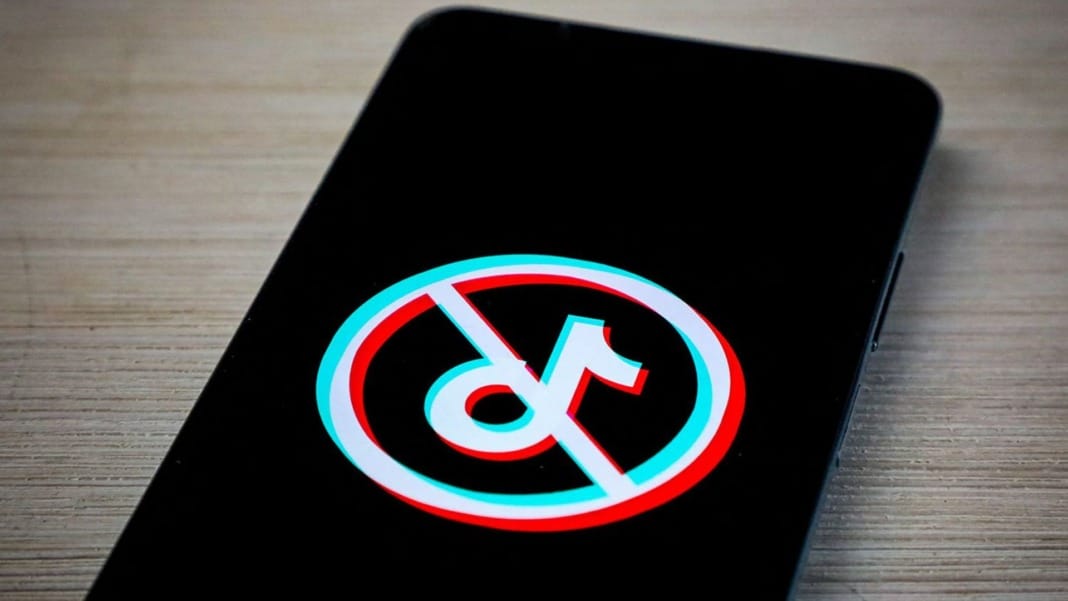On January 21, 2025, the Supreme Court upheld a ban on TikTok, leaving many users concerned about losing their videos and data. If you’re one of the millions who have spent time curating videos on the platform, you might wonder how to save your content before the app shuts down. Whether you want to keep your favourite videos or your entire TikTok history, here’s how you can back them up before it’s too late. We’ve also rounded up some TikTok alternatives in case you feel lost.
How to download individual TikTok videos
The process is straightforward if you’re looking to save a few select TikTok videos or photos. On both iOS and Android devices, go to your TikTok profile, find the video you want to save, and tap the Share button on the right-hand side of the screen. From there, you can select the “Save video” option, which will save the video directly to your device. You can follow the same steps for photos.
However, it’s important to note that creators can control whether or not their content can be downloaded. As a result, some of your liked or bookmarked videos may not have the “Save video” option available. If that happens, it’s out of your control, and you can do nothing about it.
If you want to download a large number of videos, this process can become time-consuming, as you’ll need to repeat these steps for each individual video. While there are third-party apps that offer bulk download options, their reliability varies, and it’s important to proceed with caution when using them. Always double-check the app’s security and reviews before you commit to it.
How to obtain your TikTok data
In addition to your videos and photos, you can back up other TikTok-related data such as your username, comment history, privacy settings, and viewing habits. TikTok allows users to request a download of this data, although some details may not be available due to privacy concerns.
To request your data, follow these simple steps:
- Go to your TikTok profile page.
- Tap the Menu button at the top of the screen to access your Settings.
- Navigate to the “Account” section.
- Select “Download your data.”
- Choose the data you want to download and select a file format (TXT or JSON).
- Tap “Request data” to submit your request.
After you submit the request, TikTok will prepare a file with your data. This process can take a few days, so given the impending ban, it’s best to make your request as soon as possible. Once the file is ready, TikTok will notify you, and you’ll have four days to download it. Tap the “Download” option in the app to save your data.
Alternatives to TikTok
In case you’re feeling anxious about losing access to TikTok, there are a few platforms that can serve as alternatives. Apps like Instagram Reels, YouTube Shorts, and Snapchat offer similar video-sharing features. These platforms also allow you to upload, share, and discover short-form videos so that you won’t miss out on the content creation experience.
While these alternatives may not fully replicate TikTok’s unique community and features, they can help you stay connected with your audience and create content in a similar style. You might also want to explore new platforms that could become the next big thing in social media.
With the TikTok ban on the horizon, now is the time to back up your videos and data. Follow the steps above to ensure your favourite content is preserved and ready for future use or sharing on other platforms.





